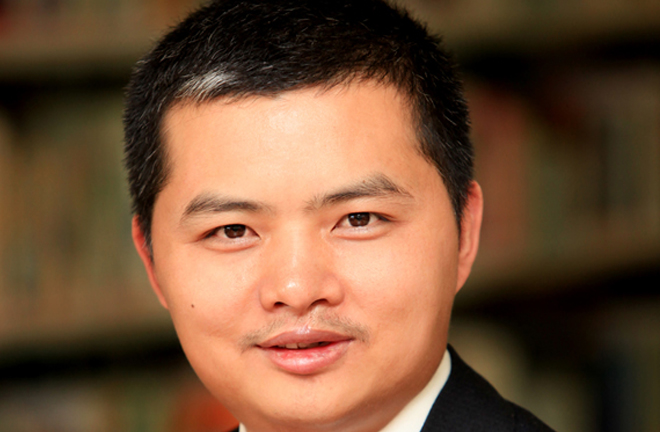YAN YILONG: Five-Year Plan to drive China’s economic, social development
 China has successfully implemented 12 five-year plans since 1953. Suggestions on the 13th Five-Year Plan (2016-2020) were passed at the fifth Plenary Session of the 18th CPC Central Committee, which was held in Beijing from Oct. 26 to 29. Looking back, these five-year plans have pushed China forward in its steady march to prosperity.
China has successfully implemented 12 five-year plans since 1953. Suggestions on the 13th Five-Year Plan (2016-2020) were passed at the fifth Plenary Session of the 18th CPC Central Committee, which was held in Beijing from Oct. 26 to 29. Looking back, these five-year plans have pushed China forward in its steady march to prosperity.
In the years immediately following the establishment of the People’s Republic of China, five-year plans were implemented to effectively allocate resources and drive national economic development. China ultimately established independent and integrated industrial and national economic systems. This laid a solid foundation for China to gradually become a large manufacturing country in the world after reform and opening-up.
Early modern industrialization concentrated Chinese industry in coastal areas. In response, the third and fourth five-year plans called for the Third-Line Construction in the central and western areas, effectively facilitating the balanced distribution of China’s industrialization. During the 30 years from the founding of the People’s Republic of China to the early period of reform and opening up, a highly equal society was built even as incomes remained low. In particular, indices in such aspects as health and education reached a relatively high level. The planning system made it possible for China to cost-effectively provide broad coverage in terms of health care, education and public services.
Great changes took place in the five-year plans themselves as China transitioned to socialist market economy. After 30 years, China’s five-year plan has been transformed into a new type of national project, or a form of planning for public affairs management. The management of public affairs rather than micro-economic activities is at the core, making five-year plans compatible with the market economy and an effective means of remedying market failure.
The five-year plan is a way of optimizing public resource allocation to compensate for defects of the market. China, a large developing country facing complex problems, needs effective planning to achieve the optimal allocation of public resources and improve the overall social efficiency. Under the market mechanism of free competition, a strategic blueprint is needed to make up for the shortness and promote fair competition.
The five-year plan is an important means of pushing forward China’s economic and social development. Economic growth can be boosted through such measures as industrial guidance and intensifying investment in infrastructure and human capital. This exactly eliminates the growth bottleneck under market conditions. Once a five-year plan is passed, all sectors and realms will form a powerful resultant force to realize the goal.
The five-year plan regulates and controls the development mode through delimiting the bottom line of development. Chinese President Xi Jinping has explicitly proposed that production, life and ecological spaces should be scientifically distributed during the period of the 13th Five-Year Plan. In addition, the 13th Five-Year Plan will set a cap on total energy consumption, especially total coal consumption to defend the bottom lines of food security, resource utilization and the environment.
The five-year plan has the function of information guidance. It conveys important information to all of society, such as the economic and social development tendency and policy, for some years to come. People in all fields may participate in national economic and social construction in accordance with relevant requirements of the plan.
The five-year plan can restrain fluctuations caused by a political cycle. The cycle of a five-year plan is not synchronous with government transition, which is completed in the middle of the five-year plan. The new leadership must finish the plan formulated by the previous government two years earlier, thus enhancing the continuity of policy.
Policy integration is another key function of the five-year plan. Serving as a “compass” of China’s economic and social development, the plan is an outline for all specific economic and social policies. Although it does not include specific policies, it points the way for policies in various fields. It pushes forward division of labor and cooperation among various sectors, contributing to the complementarity of policies of different fields.
Yan Yilong is an assistant professor from the School of Public Policy and Management at Tsinghua University.
